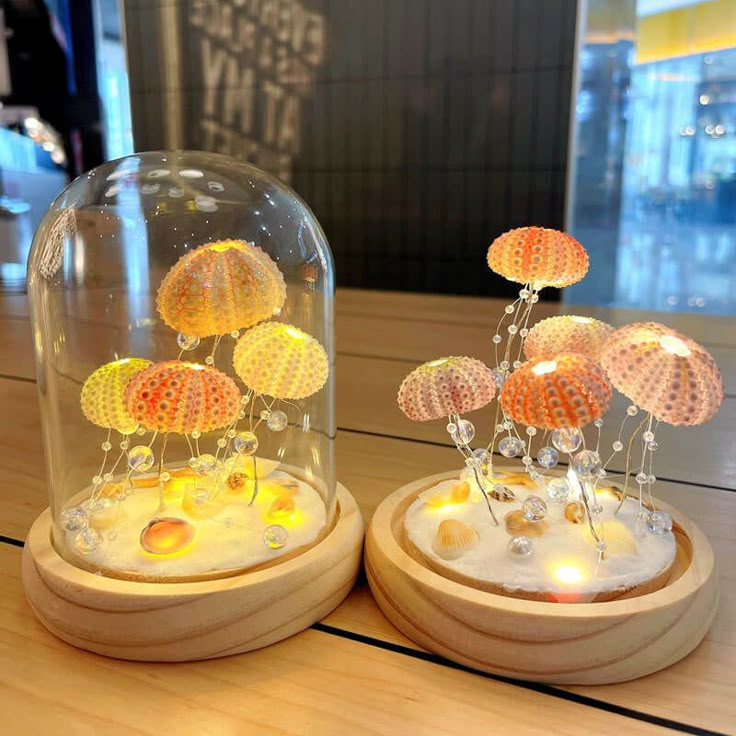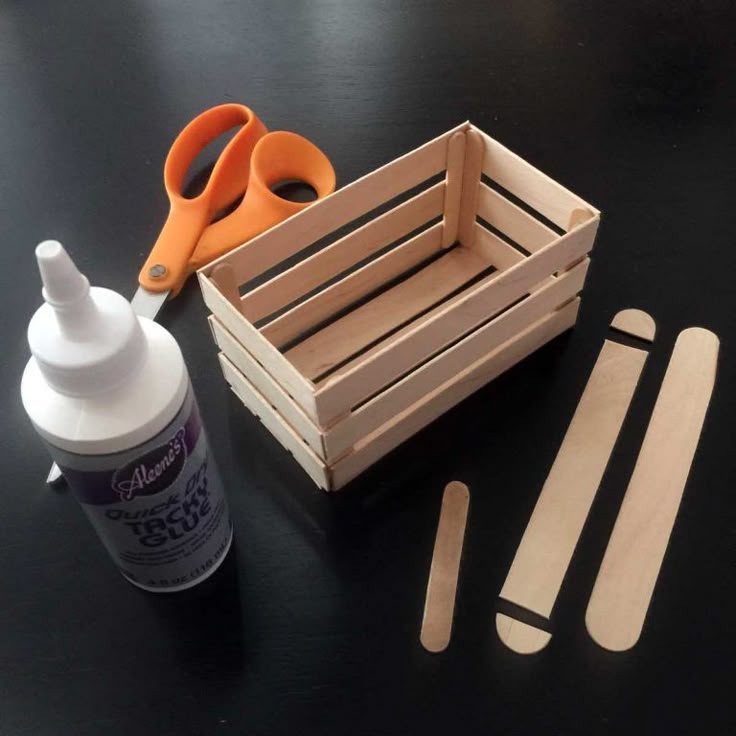Introduction to Polyamide Fabric
Polyamide fabric stands out in the textile industry. It is known for its durability and resilience. Originating from synthetic polymers, the fabric is a result of condensation polymerization. Generally, people recognize it by its more common name, nylon. Polyamide fabric is a favorite for many apparel items. Its strong fibers make it an ideal choice for garments that need to withstand wear and tear. From hosiery to sportswear, polyamide fabric is everywhere.
This kind of fabric brings a handful of benefits. It’s not just strong; it’s also lightweight and comfortable. These features make it perfect for daily wear or specialized uses. In the next sections, we will explore why polyamide is popular. We will look at its unique properties and how it holds up against other synthetic fibers. We will also discuss its use in different types of clothing and its impact on the environment.
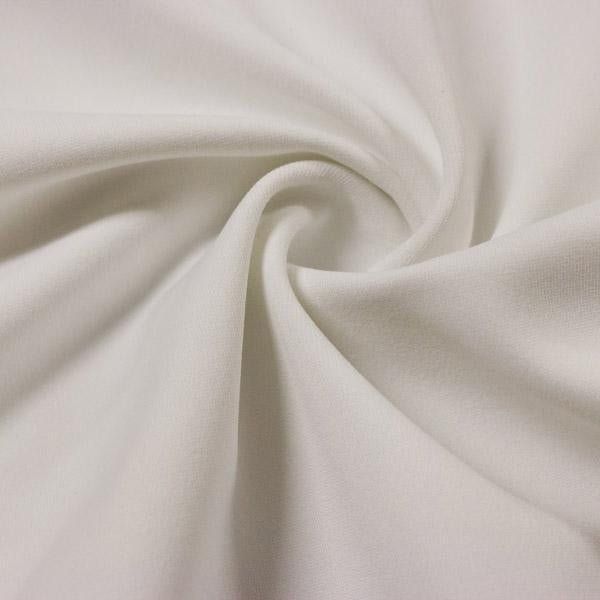
Properties of Polyamide Fabric
Polyamide fabric boasts several notable properties. First, its durability is exceptional. The fabric resists abrasion and does not easyly tear. This is thanks to the long-chain polymeric structure. It makes polyamide an excellent material for trekkies to everyday use.
The fabric has high elasticity. This allows for freedom of movement and a comfortable fit. Unlike other fabrics, polyamide snaps back to its original shape after stretching.
Another property is its resilience to chemicals. Polyamide can withstand a range of substances without breaking down. This makes it ideal for work clothing in various industries.
Moisture management is another benefit of polyamide fabric. It wicks moisture away from the skin, which is why it is popular in activewear. It is quick-drying, reducing the time it takes clothes to dry after washing.
Polyamide is also resistant to molds and mildew. Its inherent properties prevent the growth of microorganisms. This means garments made of polyamide remain hygienic for longer.
Additionally, polyamide fabric maintains its color well. It is highly resistant to fading from sunlight or frequent washing. This ensures garments retain their vibrancy over time.
In terms of thermal properties, polyamide provides warmth. It is not typically breathable but works well in insulating garments. This is especially useful in outdoor and winter clothing.
Lastly, polyamide fabric has a soft feel. Despite its synthetic nature, it offers a comfortable tactile sensation. This increases the comfort level of apparel made from this material.
In conclusion, polyamide fabric stands out with its durability, elasticity, chemical resilience, moisture-wicking, anti-microbial, colorfastness, thermal properties, and softness. These assets make it a versatile option in the textile industry.
Comparison with Other Synthetic Fibers
When it comes to apparel, choosing the right fabric is crucial. Polyamide fabric stands out against its competitors in the synthetic fiber category. It competes closely with polyester, acrylic, and elastane, among others. Let’s delve into how polyamide stacks up against these materials.
Polyamide versus polyester: Polyester is also well-known for its durability and resistance to wrinkles and shrinking. However, polyamide often surpasses polyester in terms of softness and moisture management. Polyamide fabric is especially favored for its quick-drying capabilities, which is a significant advantage in sportswear and outdoor apparel.
Against acrylic fibers, which are lightweight and warm, polyamide offers better resilience and durability. Acrylic may pill over time, whereas polyamide typically maintains its integrity, even after heavy use.
When compared with elastane, also known as spandex or Lycra, polyamide is not as stretchy but offers better overall strength. Elastane is lauded for its exceptional elasticity, but polyamide provides a balance of stretch and durability that’s suitable for versatile applications.
With these qualities in mind, polyamide fabric emerges as a top contender in the realm of synthetic textiles. Its unique combination of strength, elasticity, and comfort positions it as a preferred choice for various clothing items. It adapts to the demands of different environments and uses, distinguishing it as a resilient and adaptable fabric in the world of synthetics.
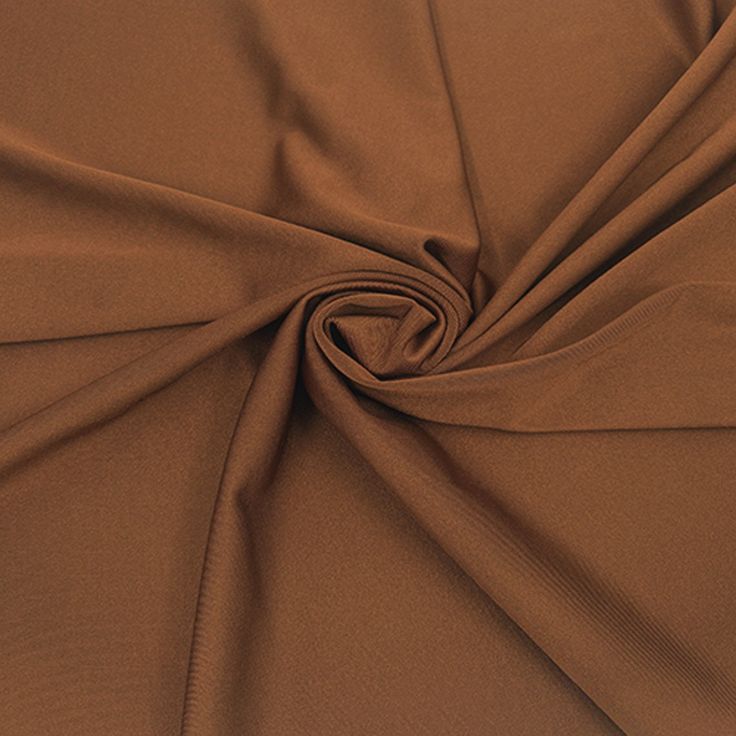
Polyamide in Athleisure Wear
Athleisure wear has taken the world by storm, and polyamide fabric is a key player in this field. Known for its versatility, polyamide lends itself exceptionally well to the diverse demands of athleisure apparel. This type of clothing bridges the gap between workout gear and casual wear, requiring materials that are not only functional but also fashionable.
Firstly, polyamide’s durability is crucial for athleisure items that endure frequent wear and varied activities. This includes yoga pants, running tights, and fitness tops that need to maintain their shape and quality over time.
Secondly, the fabric’s moisture management is a standout feature. Athleisure wear made from polyamide wicks sweat away, keeping the wearer dry and comfortable during and after exercise. This is vital for those who transition from a fitness session to regular daily tasks.
Its quick-drying properties are another reason for polyamide’s popularity in athleisure. Clothes dry fast, essential for those with an active, on-the-go lifestyle. Moreover, the resistance to odors due to polyamide’s anti-microbial nature ensures that athleisure garments stay fresher for longer, an attribute highly appreciated by fitness enthusiasts.
The elasticity of polyamide fabric also adds to its suitability for athleisure. It offers enough stretch for freedom of movement while exercising, yet it snaps back to its original form with ease. This ensures a consistent fit, which is critical for both performance and aesthetic appeal in athleisure fashion.
In conclusion, polyamide fabric’s attributes – durability, moisture management, quick-drying, odor resistance, and elasticity – make it an excellent choice for athleisure wear. Its ability to balance practicality with style conforms perfectly to the athleisure ethos, blending sports functionality with everyday comfort and chic.
Use of Polyamide Fabric in Outdoor Clothing
Polyamide fabric’s attributes make it ideal for outdoor clothing. In this application, durability is paramount. Jackets, pants, and tents crafted from polyamide withstand harsh conditions. They resist tears and abrasions encountered in outdoor adventures. Polyamide’s resilience extends the life of these items, making it a cost-effective choice for outdoor enthusiasts.
Another critical quality is polyamide’s moisture management. Outdoor garments require quick-drying materials to maintain comfort. Polyamide excels here, wicking away sweat and rain. This keeps wearers dry, whether hiking in the mountains or camping in the rainforest.
The fabric’s warmth without the weight is a huge advantage for outdoor gear. Polyamide provides insulation, essential in colder climates. Yet, it remains light, not burdening the wearer with extra weight. This aspect is crucial for those who need to pack light and move freely.
Moreover, the colorfast nature of polyamide ensures that outdoor clothing looks new longer. Vibrant colors stay true, despite exposure to sunlight and frequent laundering.
Lastly, the easy care of polyamide is highly convenient. Outdoor clothing gets dirty, but polyamide fabrics clean up well and require minimal maintenance. They dry quickly and are ready for the next adventure without delay.
To sum up, the toughness, moisture-wicking, lightweight insulation, color retention, and easy care of polyamide fabric are why it’s highly valued in outdoor clothing.

Polyamide for Swimwear and Lingerie
Swimwear and lingerie demand fabrics that are both comfortable and resilient, and polyamide fabric meets these requirements adeptly. Its inherent strength and durability make it a popular choice for swimwear that must endure chlorinated water and intense sun exposure. The fabric’s elasticity ensures swimwear fits snugly and retains its shape, crucial for both performance swimmers and sunbathers.
For lingerie, polyamide’s soft texture and flexible nature are essential. It provides the perfect blend of comfort and support, critical in intimate apparel. The moisture-wicking properties of polyamide keep the skin dry, a desirable trait for underwear worn throughout the day. The fabric’s resistance to wear and tear also means lingerie items last longer, despite frequent washing.
Moreover, polyamide’s ability to maintain color vibrancy is significantly beneficial in both swimwear and lingerie, where bright and consistent colors are often a design feature. This colorfastness contributes to the long-lasting aesthetic appeal of these garments.
In summary, polyamide’s durability, stretch, moisture management, and colorfastness make it a top fabric choice for swimwear and lingerie. It offers the necessary comfort, support, and longevity these types of apparel require.
Environmental Impact and Sustainability
While polyamide fabric offers numerous benefits in apparel, it’s important to address its environmental impact. The production of polyamide fabric, like all synthetic materials, relies on non-renewable resources. The manufacturing process involves petrochemicals, which means it is dependent on fossil fuels. This raises concerns over sustainability and the carbon footprint associated with polyamide products.
However, the textile industry is making strides towards reducing this impact. Efforts include recycling existing nylon products and developing more sustainable production methods. Recycled polyamide uses waste materials, which reduces the demand for new resources. This leads to lower energy consumption and fewer emissions during the production cycle. Brands are increasingly turning to recycled polyamide for eco-friendly clothing lines.
Another aspect to consider is the durability of polyamide fabrics. Their long-lasting nature means less frequent replacement, ultimately reducing waste. The longer lifespan of apparel made from polyamide can contribute to lower consumption patterns, which is better for the environment.
In terms of end-of-life, polyamide does not biodegrade quickly. This creates challenges in waste management. To combat this, programs for collecting and recycling polyamide garments are becoming more common. These initiatives aim to keep the fabric in use for as long as possible. Moreover, research into bio-based polyamides may offer future solutions that are more biodegradable.
To sum up, while polyamide fabric does have environmental drawbacks, the industry is evolving. There is a growing commitment to sustainability. Innovative recycling and production techniques, together with the material’s durability, are paving the way for a more sustainable future with polyamide fabric.

Care and Maintenance of Polyamide Fabrics
Taking care of polyamide fabric is straightforward. The material’s resilient nature means it requires simple maintenance to keep it looking its best. Here’s how to care for your polyamide garments to extend their life and maintain their performance.
- Washing: Usually, polyamide fabrics can be machine-washed. Use a mild detergent and choose a cool or warm setting. Avoid hot water as it can damage the fibers.
- Drying: Air-drying is recommended for polyamide fabrics. If you must use a dryer, use a low heat setting. High temperatures can cause shrinkage and affect the fabric’s integrity.
- Ironing: If needed, iron polyamide on a low heat setting. Use a pressing cloth to protect the fabric. Direct heat can melt or warp the fibers.
- Bleaching: Avoid chlorine bleach as it can break down the fibers. If you need to remove a stain, use a non-chlorine-based product.
- Storage: Store polyamide garments in a cool, dry place. Keep them out of direct sunlight to prevent fading.
- Repair: Address any damage promptly. Small tears or snags can be fixed easily to prevent further wear.
Following these care tips will help keep your polyamide clothing in top condition. Regular maintenance ensures that the apparel continues to offer optimal performance and durability. Remember, well-cared-for polyamide garments play a part in sustainability by reducing the need for frequent replacements.
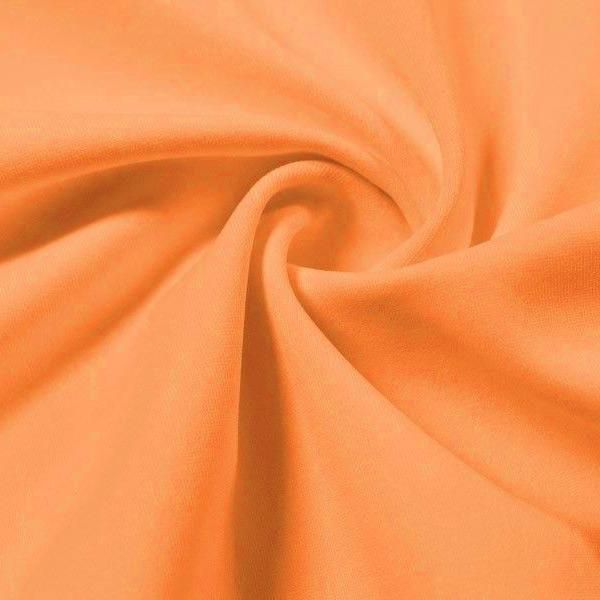
Innovations and Future of Polyamide in Textiles
The world of textiles is always advancing, and polyamide fabric is at the forefront of innovation. As sustainability becomes a global priority, the industry is exploring new ways to make polyamide more eco-friendly. Research into bio-based polyamides, which are derived from renewable resources, is gaining traction. These alternatives aim to reduce reliance on petrochemicals and the overall carbon footprint of textile production.
Recycling is another area where significant progress is being made. Recycled polyamide, made from reclaimed fishing nets and other nylon waste, is turning heads in the fashion industry. Not only does this process divert waste from landfills, but it also uses less energy and water compared to virgin polyamide. Leading brands are embracing recycled polyamide for their products, signaling a shift towards more responsible manufacturing practices.
Technological advancements are also enhancing the functional properties of polyamide. New treatments and finishes are emerging that add functionalities like UV protection, anti-odor, and antibacterial properties. These are particularly in demand for the sports and outdoor apparel sectors.
Moreover, the development of 3D printing technology opens up new possibilities. Polyamide fabrics can be engineered with precision to create customized garments and accessories. This potentially reduces material waste and allows for on-demand production, aligning with the principles of a circular economy.
In conclusion, the future of polyamide in textiles is bright. With sustainability as a guiding force, innovations in bio-based materials, recycling processes, functional treatments, and new technologies are shaping the way we think about and use polyamide fabric. These advancements not only address environmental concerns but also enhance the material’s inherent qualities, making it even more versatile and desirable in various apparel applications.

